The Unsettling Truth About Dental Insurance: A System That Falls Short of Its Promise
As she sat in the dentist's chair, staring at the mounting bill for a routine cleaning and a few fillings, Sarah couldn't help but feel a sense of unease. She had dental insurance, or so she thought. But as she delved deeper into the fine print, she realized that her coverage was more like a half-helpful discount plan with a maximum limit, leaving her to foot the bill for thousands of dollars in unexpected expenses. This was not the promise of dental insurance she had been led to believe.
Dental care exists in a unique and often overlooked corner of the American healthcare system. Despite mounting evidence linking a healthy mouth to overall well-being, dentistry has long been siloed off from the rest of the healthcare industry. And dental insurance, often touted as a vital safety net, has become a confusing and often inadequate system that leaves patients like Sarah feeling vulnerable and exposed.
The truth is, dental insurance isn't really insurance at all. It's a complex web of discounts, deductibles, and maximums that can leave patients with significant out-of-pocket expenses. According to a recent report by the Kaiser Family Foundation, the average annual cost of dental insurance premiums in the United States is around $400 per person. But for many patients, the real cost of dental care far exceeds the premium.
Take Sarah, for example. Her dental insurance plan had a maximum annual limit of $1,500, which she quickly exceeded after a routine cleaning and a few fillings. Suddenly, she was on the hook for thousands of dollars in unexpected expenses, leaving her feeling financially strained and anxious about her future dental care needs.
Experts say that this is not an isolated incident. "Dental insurance is a bit of a myth," says Dr. Marko Vujicic, chief economist at the American Dental Association. "It's not really insurance, it's more like a discount plan with a maximum limit. And once you reach that limit, you're on your own."
The problem is compounded by the fact that dental insurance is largely unregulated. Unlike health insurance, which is subject to strict federal and state regulations, dental insurance is governed by a patchwork of state laws and industry standards. This has created a Wild West of dental insurance plans, each with its own unique set of rules and limitations.
For patients like Sarah, the consequences can be severe. "I've seen patients who have had to choose between paying their rent or paying for dental care," says Dr. Vujicic. "It's a terrible situation, and it's not what we want for our patients."
So what's the solution? Experts say that the key is to create a more comprehensive and regulated system of dental insurance. This could involve stricter federal and state regulations, as well as greater transparency and accountability from insurance companies.
In the meantime, patients like Sarah are left to navigate a complex and often confusing system of dental insurance. But with the right information and a little bit of planning, they can avoid the pitfalls and get the care they need.
As Sarah learned the hard way, dental insurance is not a safety net, but a complex web of discounts and maximums that can leave patients feeling vulnerable and exposed. But with the right approach, patients can take control of their dental care and avoid the financial pitfalls that come with it.
The future of dental insurance is uncertain, but one thing is clear: patients deserve better. It's time for a more comprehensive and regulated system of dental insurance that puts patients first, not profits.
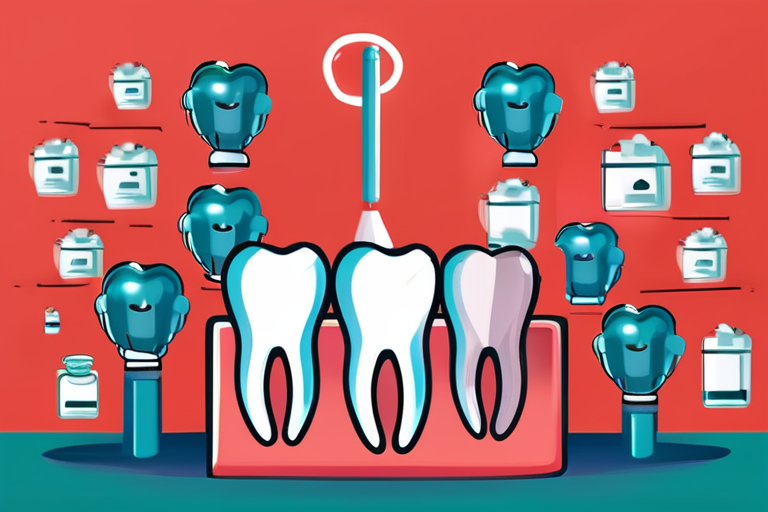


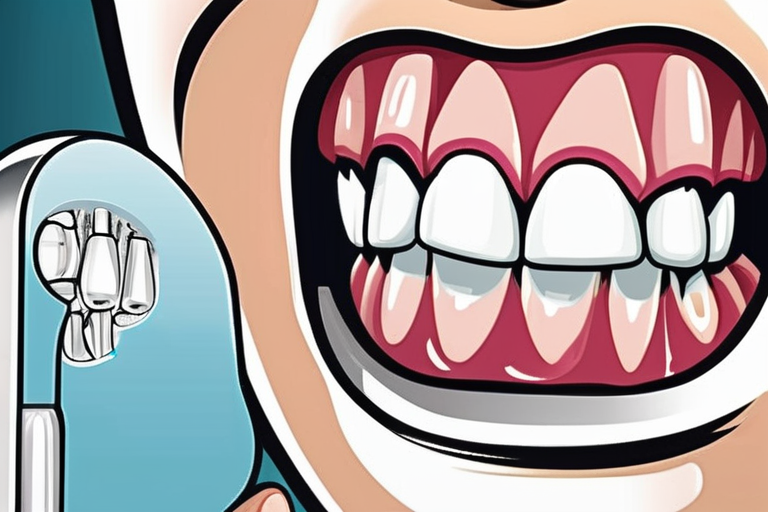
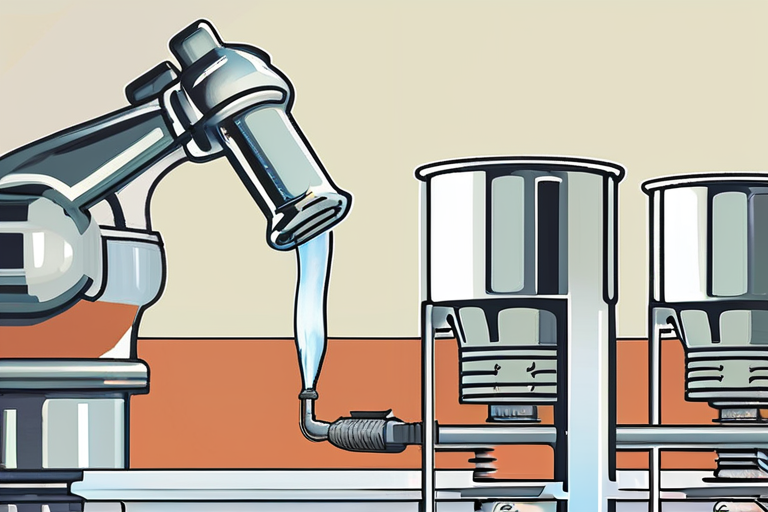

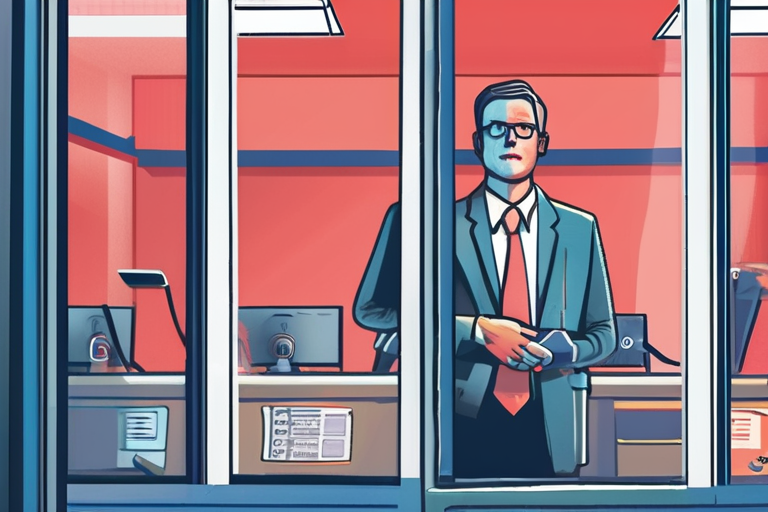



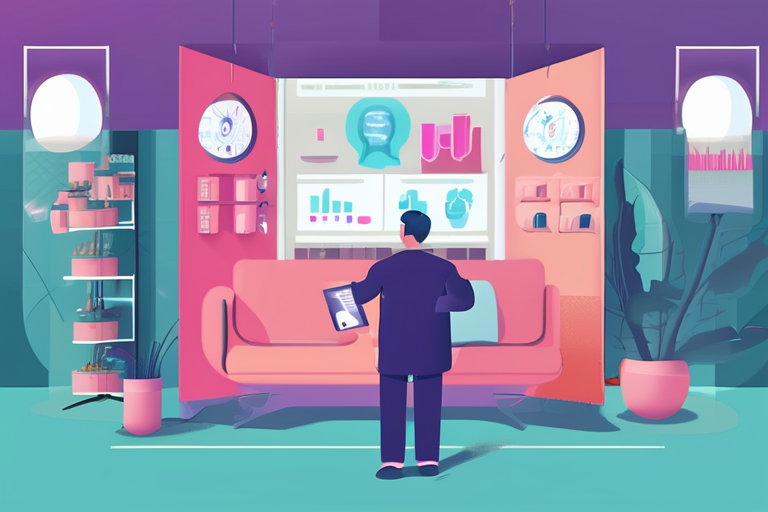
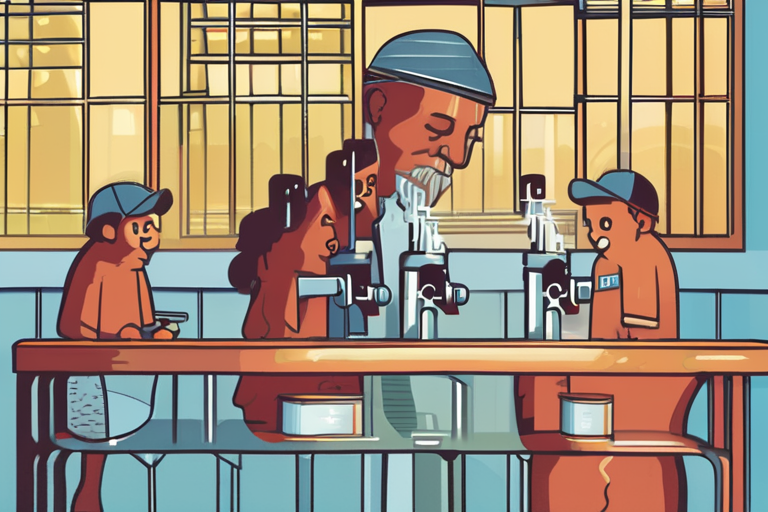


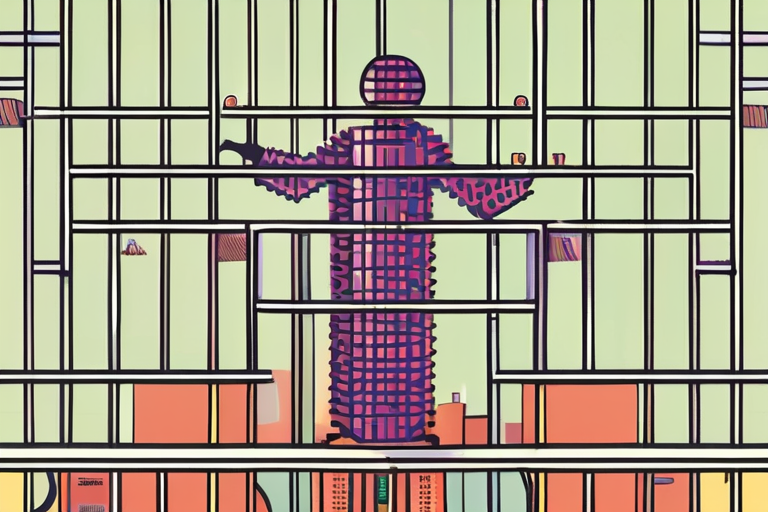
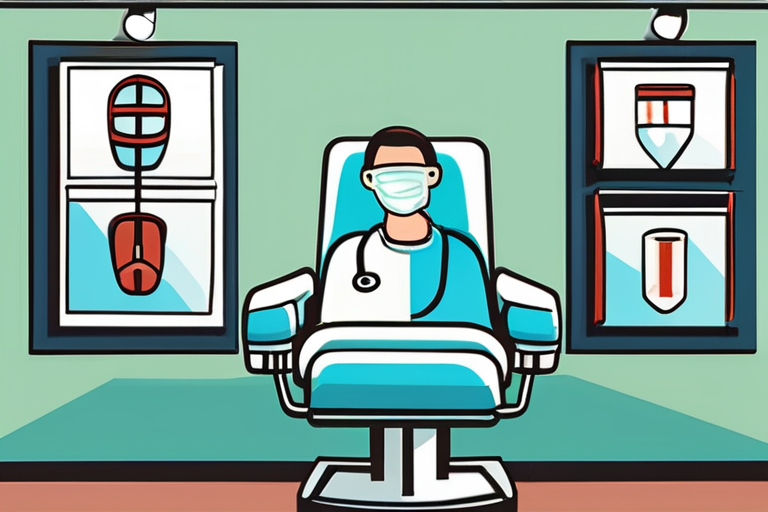
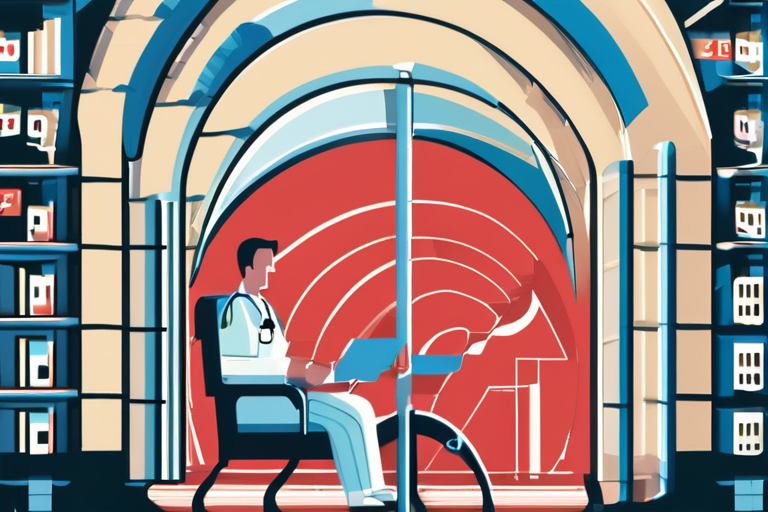



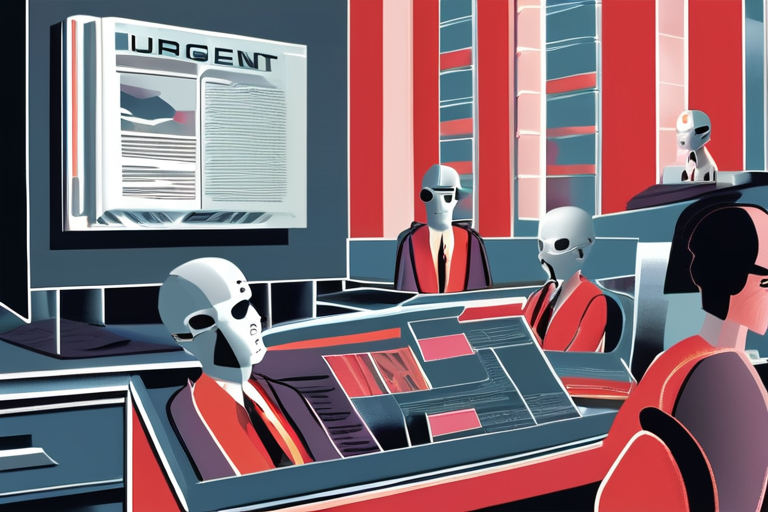
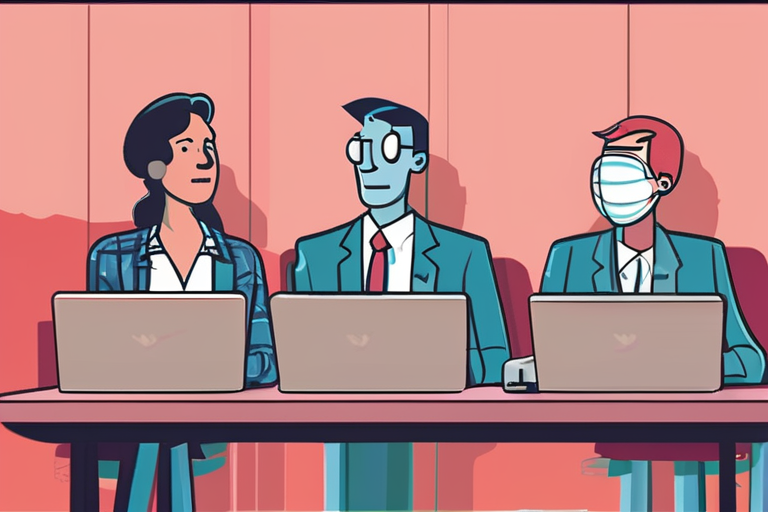

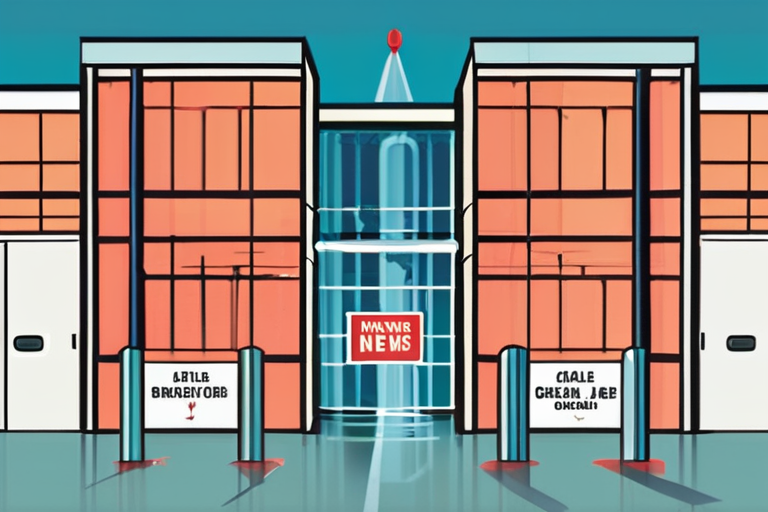
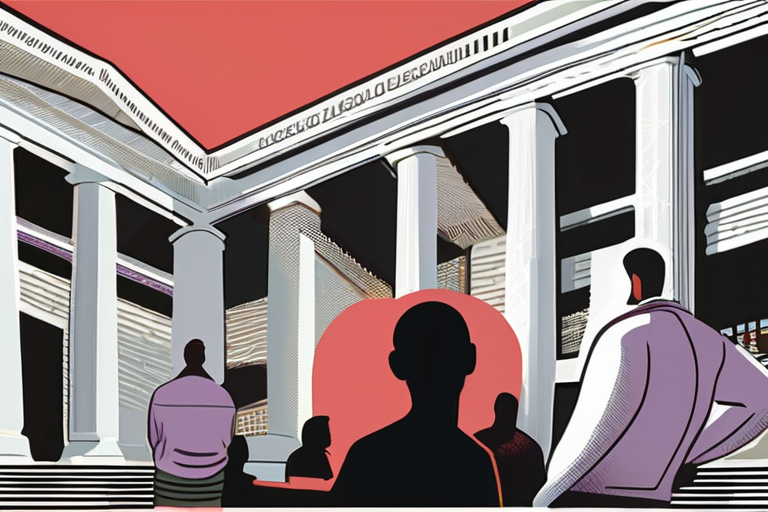


Share & Engage Share
Share this article